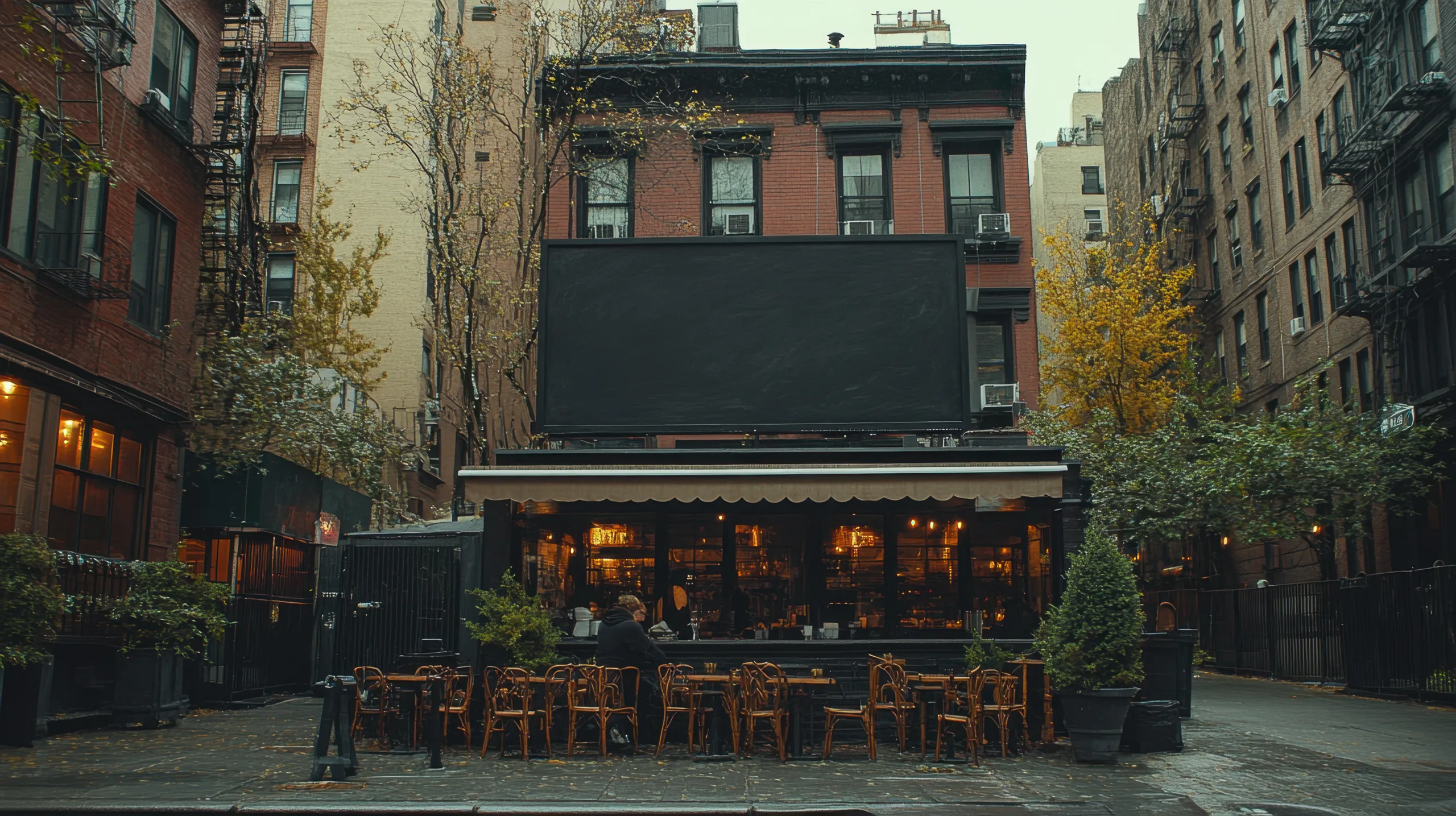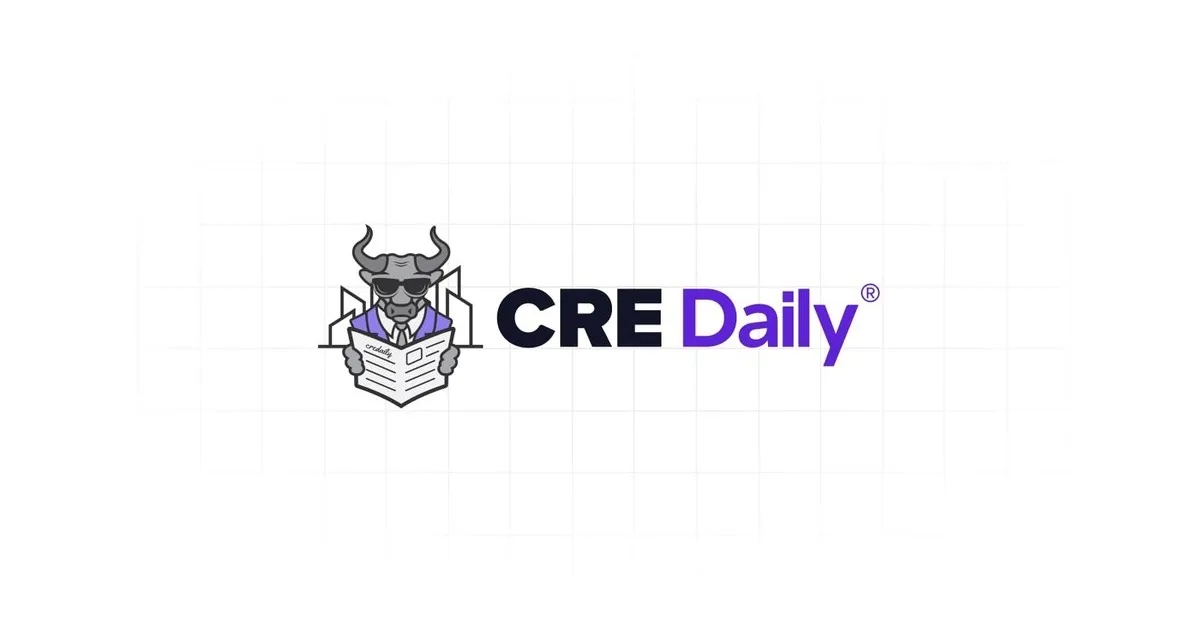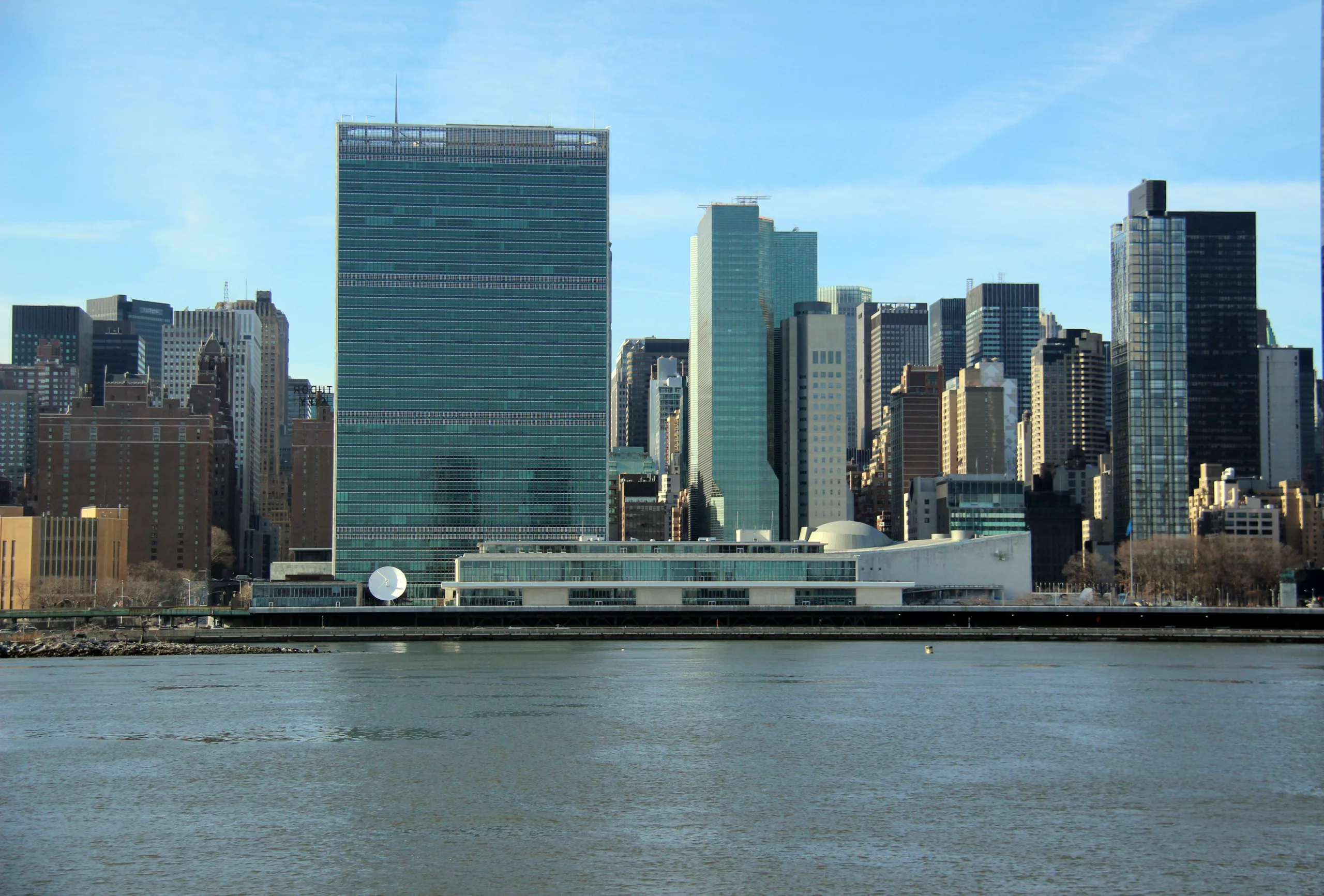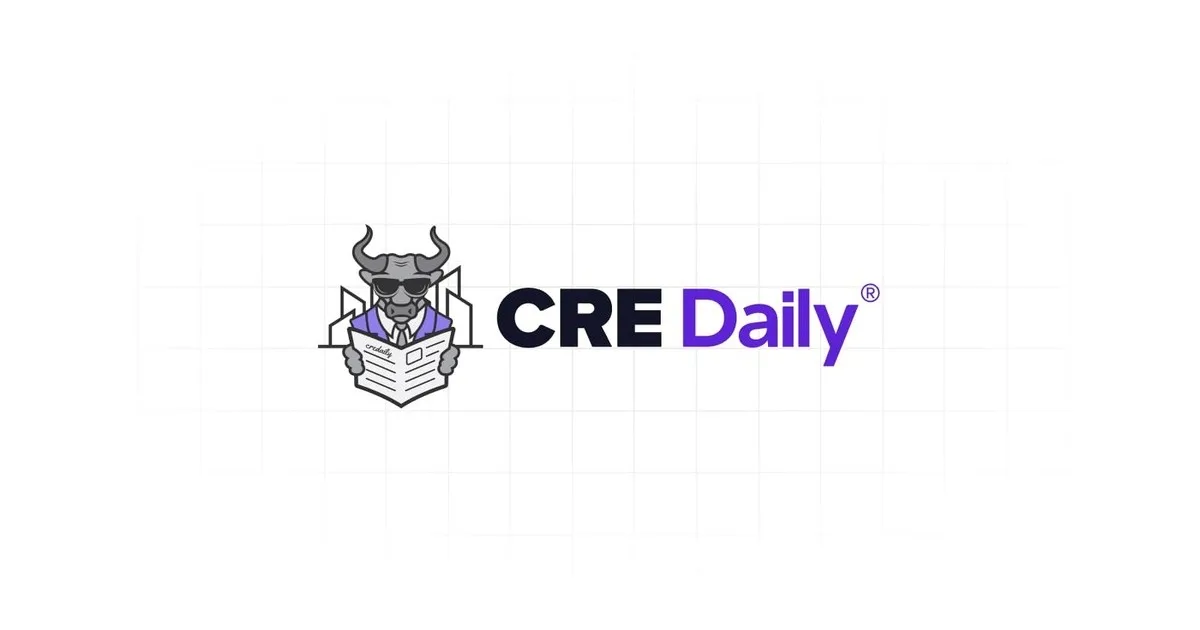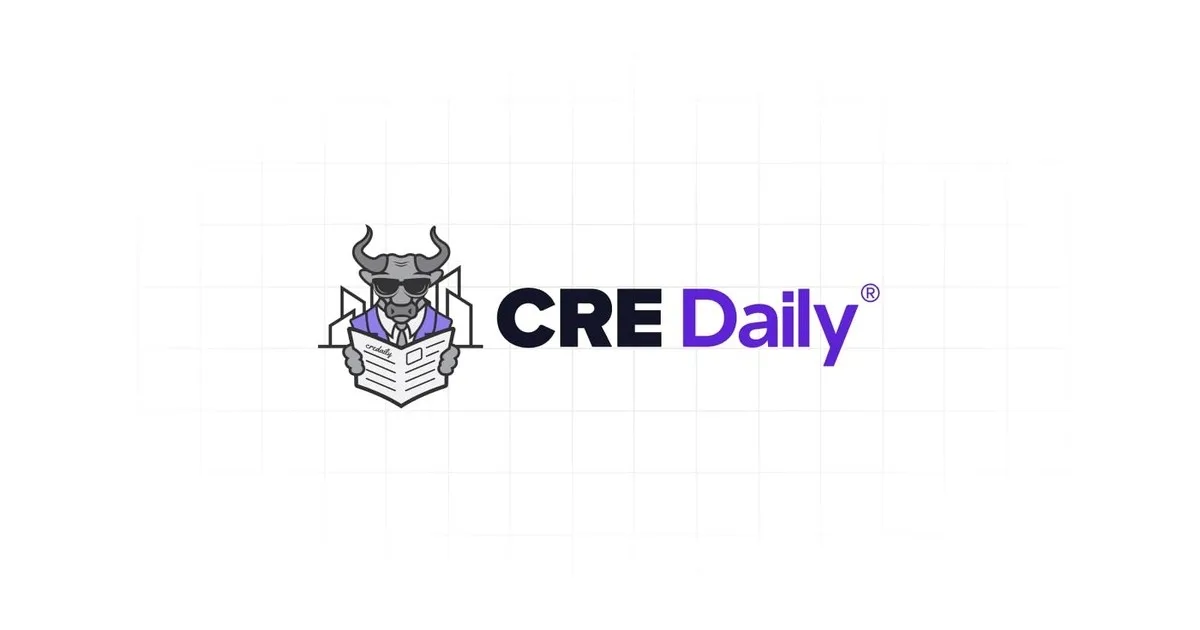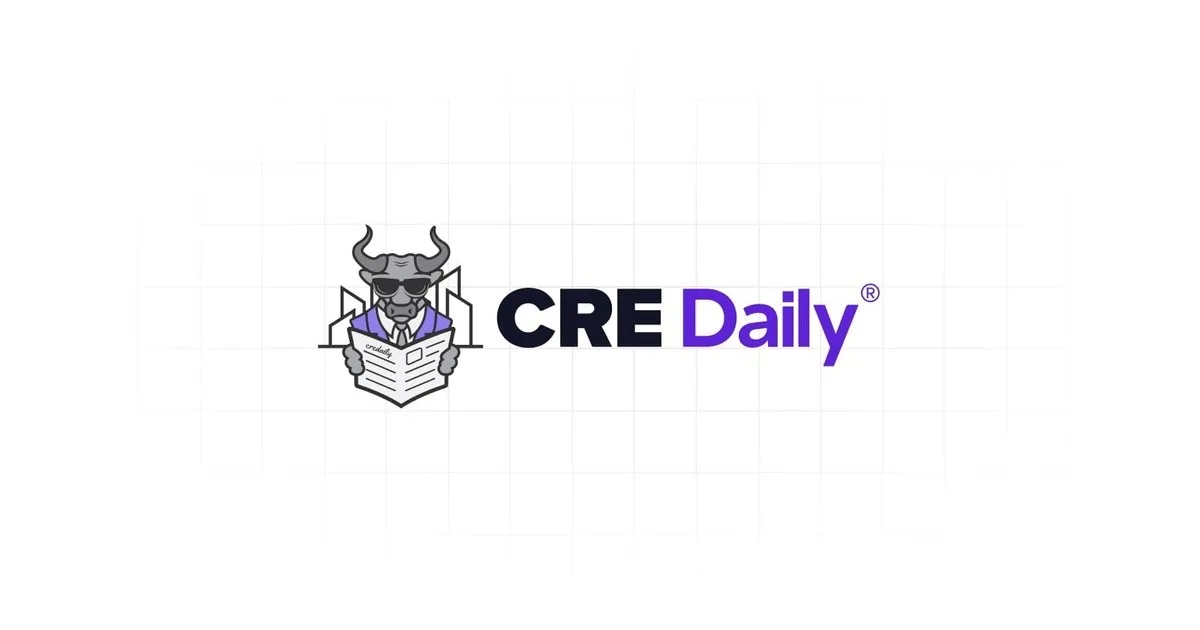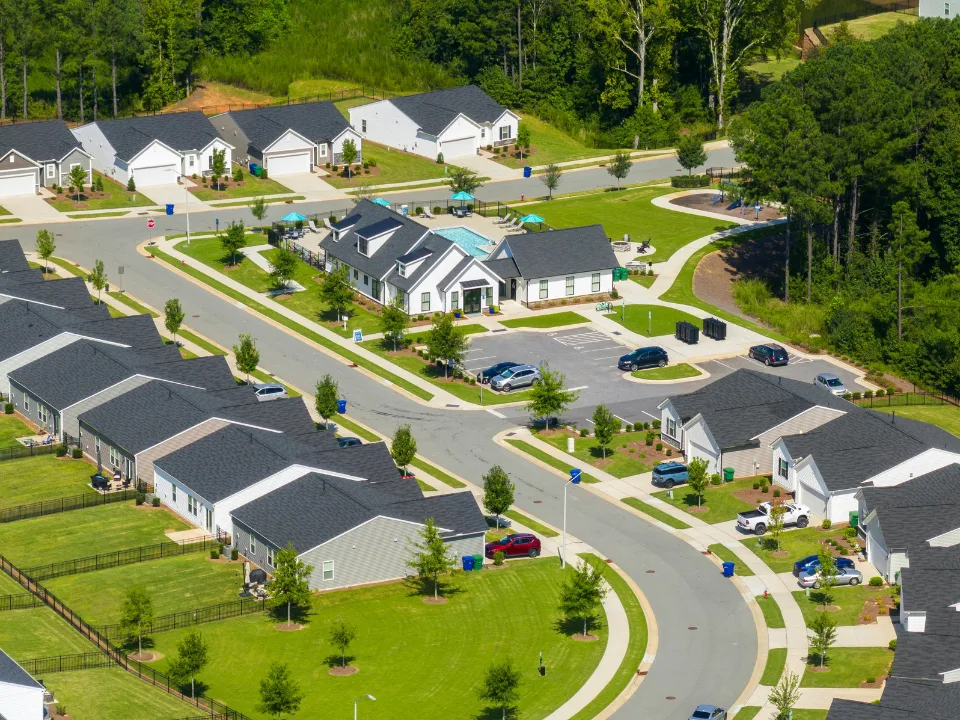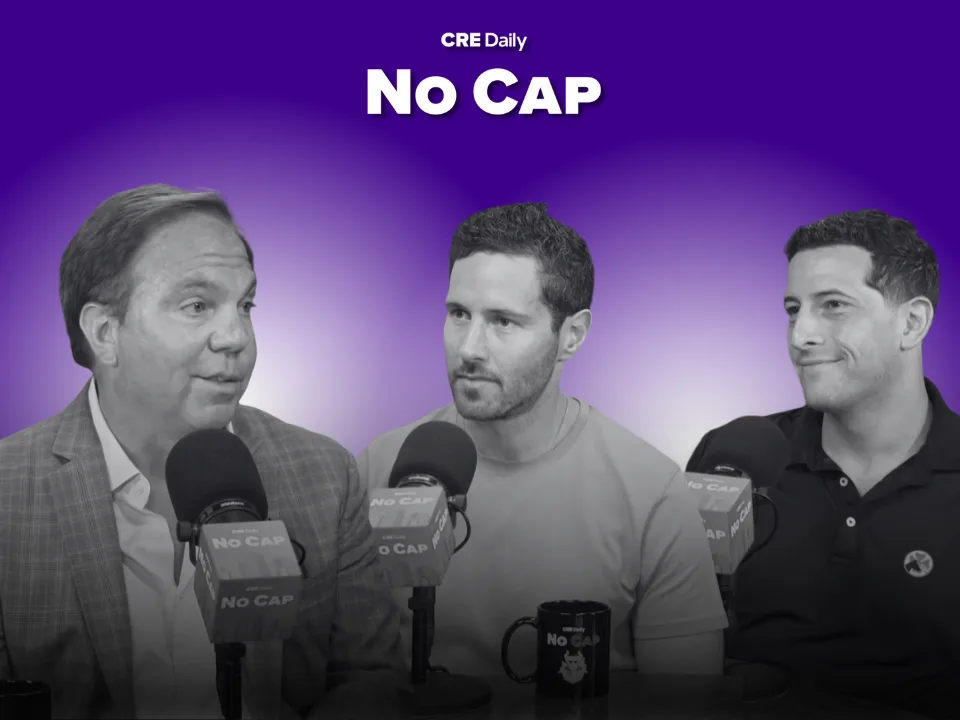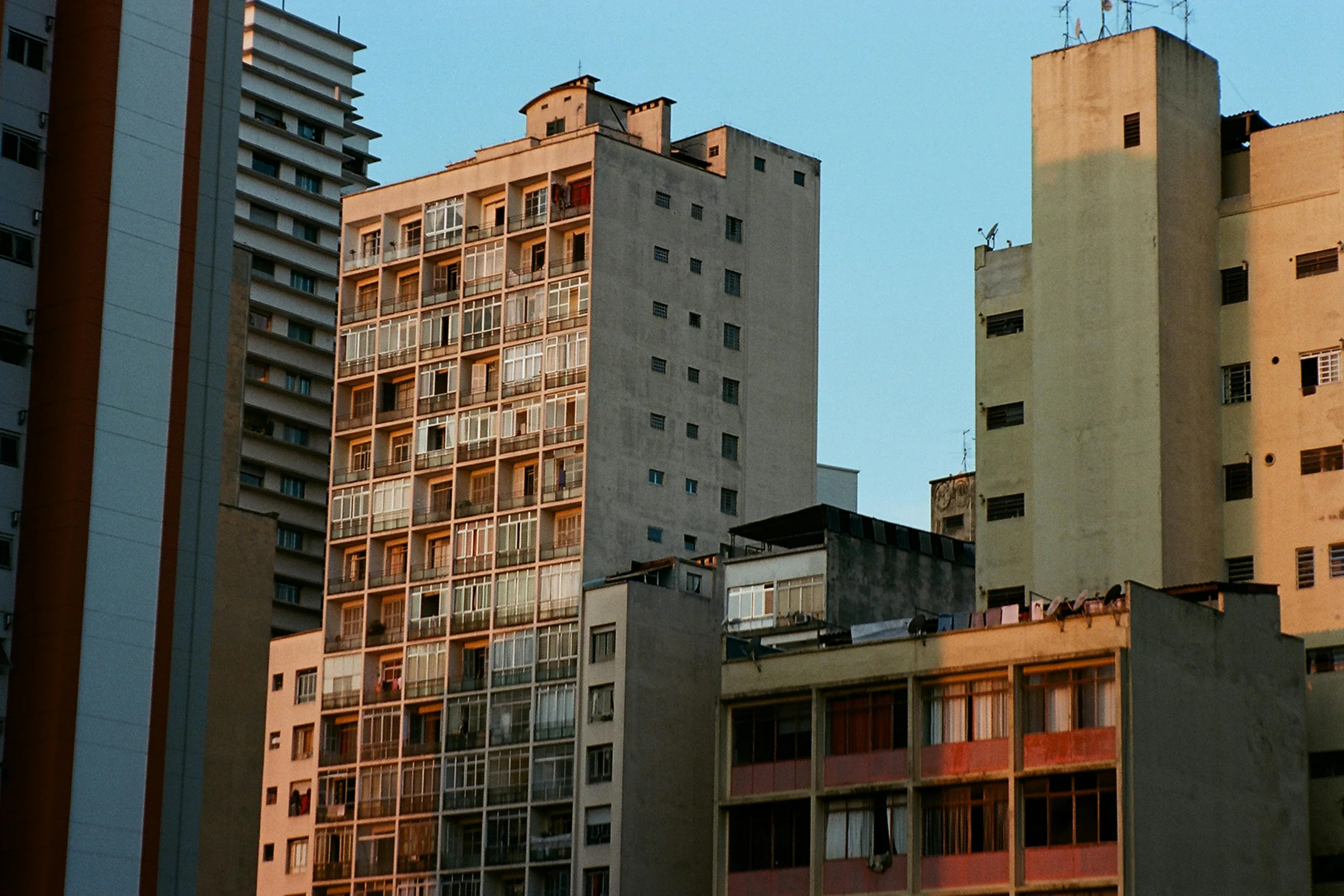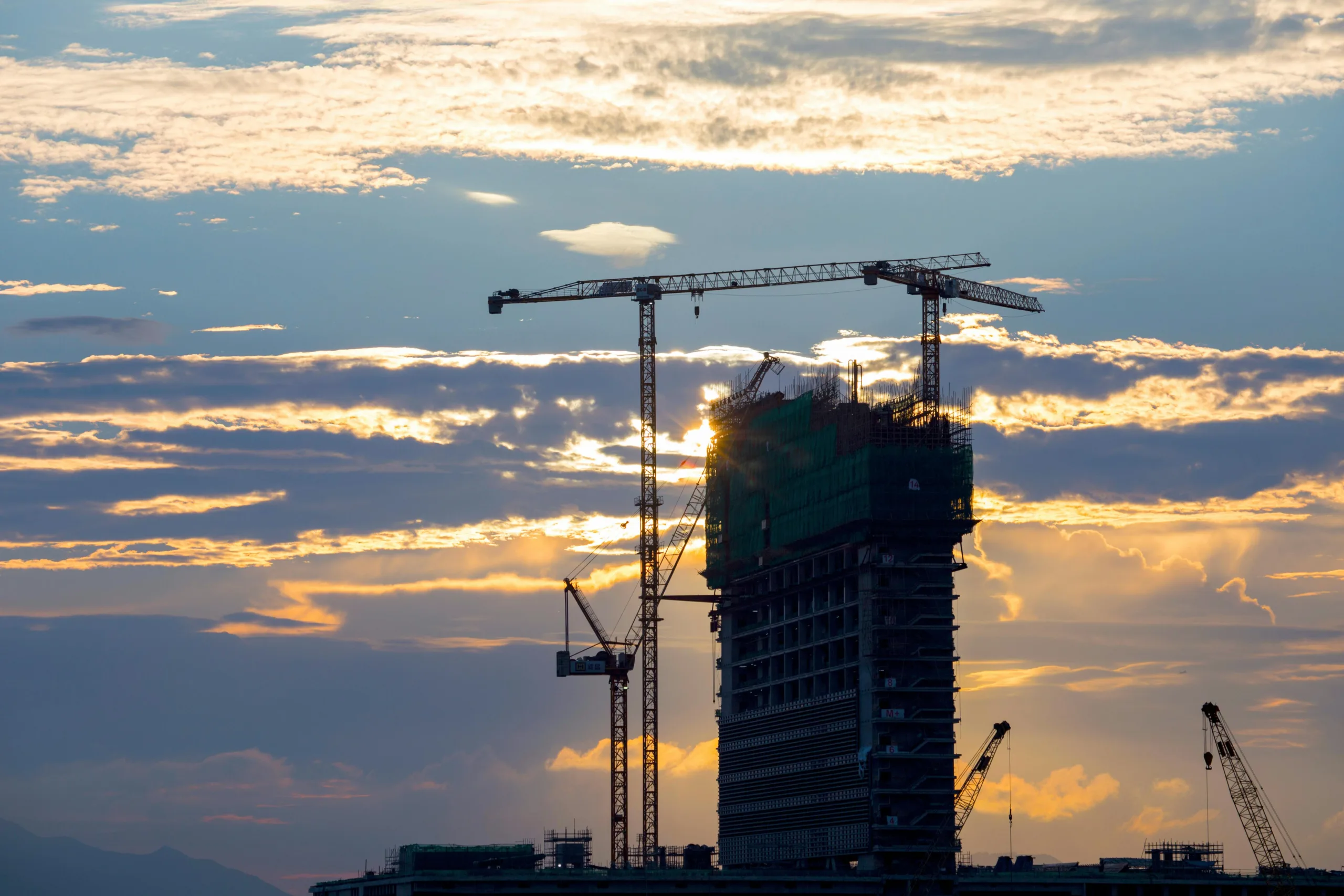- Senior living needs 35K–45K new units annually, but construction has dropped to historic lows.
- Occupancy hit 89% nationally and 90% in secondary markets, with absorption far outpacing new supply.
- Active adult communities lead with 95.6% occupancy and strong rent growth, appealing to multifamily investors.
- Investor activity is rising, but affordability and labor shortages remain key obstacles to growth.
A Growing Crisis
Cushman & Wakefield’s latest senior living investor survey and mid-year report signals growing urgency in the sector, per GlobeSt. With the middle-income senior population expected to double by 2029, the need for affordable, high-quality housing is increasing—yet the pace of construction is falling behind.
To meet demand, the industry needs to deliver between 35K and 45K new units per year. However, fewer than 10K units were delivered over the past year, well below the 34K-unit record set in prior years. The drop in construction activity raises red flags as demographic pressure mounts.
Occupancy And Absorption Reach New Highs
Despite limited new supply, occupancy continues to trend upward, surpassing 89% nationwide and hitting 90% in secondary markets for the first time since 2017. Net absorption outpaced new supply by a 2.5 to 1 margin, pushing fundamentals to some of the strongest levels in years.
Rent growth averaged 3.9% in Q1 2025, slightly lower than prior quarters due to seasonal trends but still positive amid a turbulent capital markets environment. The Northeast led the nation with 91% stabilized occupancy and 3.5% annual rent growth.
Get Smarter about what matters in CRE
Stay ahead of trends in commercial real estate with CRE Daily – the free newsletter delivering everything you need to start your day in just 5-minutes
Active Adult Communities Lead The Way
The report also highlights the growing momentum behind active adult rental properties, a hybrid model that blends multifamily cost efficiency with age-restricted senior housing. This segment achieved 95.6% occupancy and 5%+ rental growth, outperforming the broader senior living market.
Investors are taking notice: cap rates for active adult communities are aligning closely with multifamily, while traditional senior living—particularly those with memory care—still sees higher cap rates in the 6% to 8% range.
Investment Outlook
The second half of 2024 marked the highest post-pandemic transaction volume for the sector, as investors re-entered the market and pricing began to recover. Year-over-year deal volume surged nearly 70%, with core investment strategies regaining traction and dry powder returning to play.
Still, senior living property values remain below peak levels, and the pricing gap with conventional multifamily suggests room for further appreciation. More than half of surveyed investors expect cap rates to remain stable through the end of 2025, while one-third anticipate decreases in the second half.
Challenges Ahead
While fundamentals are strong, the market faces persistent headwinds: interest rates, labor shortages, and capital constraints continue to limit the pace of new development. With construction levels near record lows and the affordability crisis deepening, the industry will need new strategies—and likely public-private solutions—to meet the needs of an aging population.
